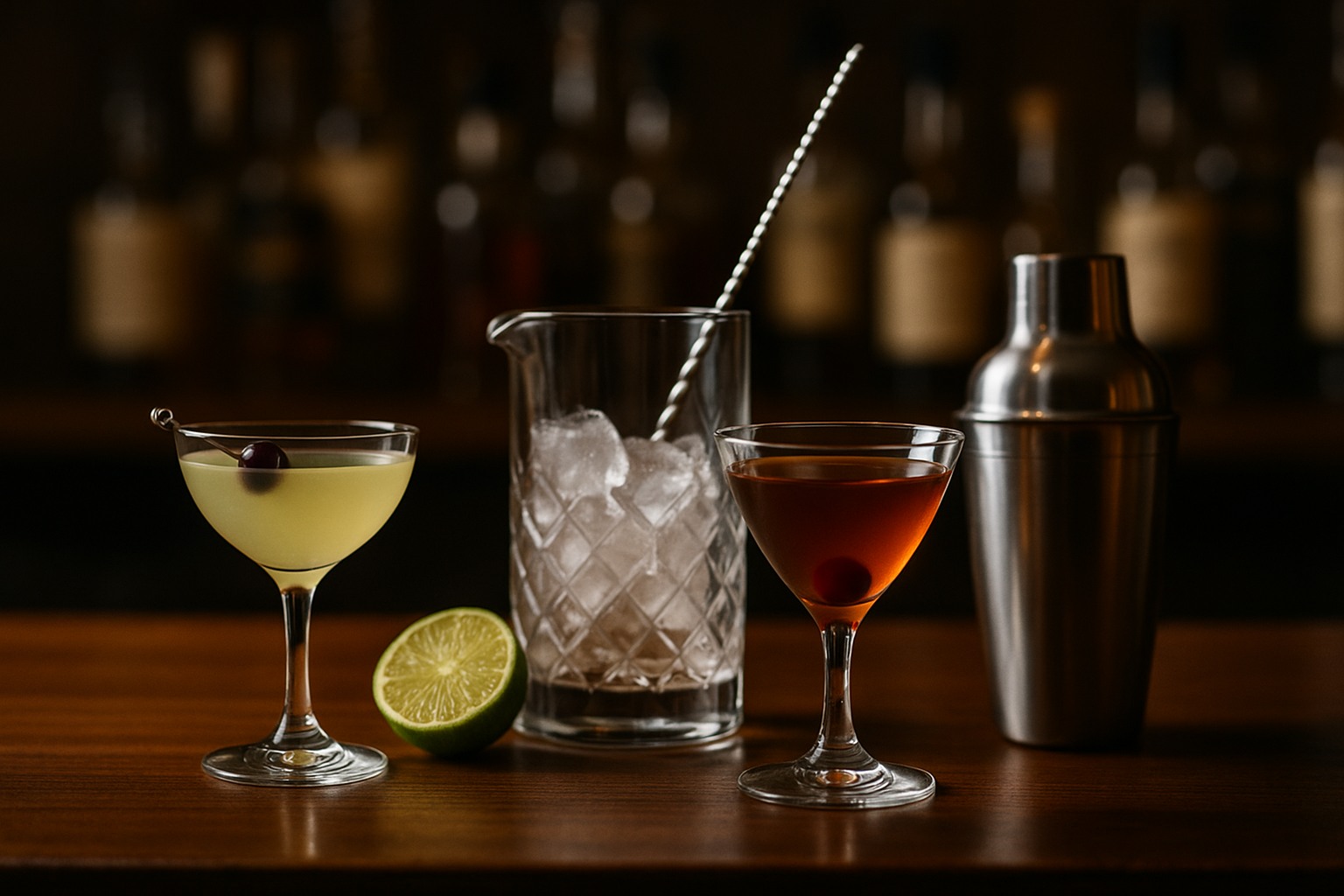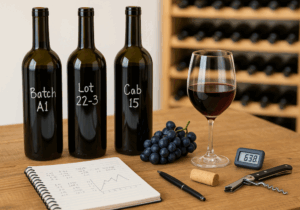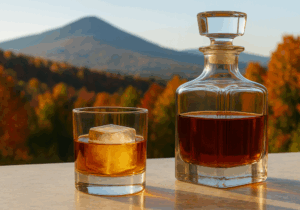Sweet Beginnings
Coming of age in the ’80s and likely ordering my first drink in the early ’90s, my earliest cocktail memories mostly involve what I’d now describe as overly sweet concoctions. That wasn’t all bad. I still fondly remember a fantastic Frozen Toasted Almond at a hole-in-the-wall restaurant in Cape Ann in the fall of ’92. I ordered it along with a delicious seafood chowder and a fresh two-pound lobster, making for quite a memorable meal.
At the time, I didn’t think much about what made a good drink. I chose what felt familiar and what was popular in the moment. Most cocktail menus back then leaned heavily on sugar, bright colors and novelty rather than balance or craftsmanship.
A Shifting Landscape
Like many, the first spirit I was familiar and comfortable with was vodka. Much like someone learning to appreciate wine often starts with Pinot Grigio or other light whites, I mostly stuck with a simple Vodka Martini and unsurprisingly thought gin and other liquors just weren’t for me. By the late ’90s and early 2000s, my spirits collection was fairly simple, with just the ingredients needed to make the popular cocktails of the time. The Cosmopolitan and French Martini were early drinks I learned to make — and to be honest, still enjoy occasionally today. It would be years before I gave gin a fair shot, and even longer before I appreciated it, although that shift came eventually.
In the early 2000s, cocktail lists in restaurants were still clinging to the cloyingly sweet trends from a decade earlier. Worse, some had regressed into uninspired and poorly executed versions of classics, which made them seem unworthy of revisiting. Every once in a while, a skilled bartender could elevate things, but I didn’t yet know what to look for or how to order beyond the basics.
Still, something was changing. In 2003, Gary Regan published The Joy of Mixology, a significant contributor to the modern cocktail renaissance. Within a few years, restaurants began offering short but thoughtful cocktail menus. Some drinks had structure. Some had stories. While I wish I could say it was that book that put me on the path to appreciating classic cocktails, it would be quite a few years before I purchased a copy. But bartenders were clearly drawing inspiration from the modern mixology movement — and in turn, eventually, so was I.
A Home Bar Takes Shape
In 2006, we moved to a new home. The kitchen had a spare “cabinet” that looked perfect for a liquor cabinet. Truth be told, it was a 2 ft x 2 ft closet, to which I added floor-to-ceiling shelving. It gave me what I thought at the time was more than enough space for my fledgling liquor collection and bar tools.
With a well-organized bar cabinet and the beginnings of the modern cocktail era upon us, I was soon determined to learn what I believed at the time were classic drinks worth exploring.
Armed with a couple of basic cocktail books — nothing fancy, just the kind you might find at Costco — I started experimenting. I made drinks I’d heard of from the past but never actually tried: Grasshoppers, White Russians, Amaretto Sours, Tequila Sunrises. And I made crowd-pleasers of the time such as Espresso and Lemon Drop Martinis. Some were quite good, even if what I made still skewed a bit sweet, a holdover from the influences of the ’90s. But I kept trying new ones and venturing further from that initial comfort zone. Some were good, others felt like mistakes, but each one taught me something and made me more curious.
I started reading more, paying attention to how ingredients interacted and noticing which flavors complemented, balanced and enhanced one another. I wasn’t trying to become a mixologist. I just wanted to understand how ingredients worked together, how to substitute one for another, and ultimately how to make better drinks.
Learning from the Pros
Eventually, we became regulars at a fabulous local restaurant that took its cocktails seriously. The bar menu changed often and showed real thought and care. But what made it special wasn’t just the drinks — it was the bartenders.
They were the kind of professionals who remembered your preferences, suggested new ideas and, more importantly, took the time to explain what made a drink work. Eager to share their passion, they were happy to teach someone like me, who was just as eager to learn. I picked up details and nuances about technique, proportions and balance from these talented people who practiced their craft every night, while also introducing me to ingredients I might not have otherwise discovered.
Coincidentally, it was also around this time that I began to appreciate whiskey — a story that started with a cocktail my wife ordered at that very same bar, and opened the door to a whole range of classics I had previously written off.
Those conversations taught me more than any article or recipe ever could, and they introduced me to the classics that would become some of my favorites to this day, including the Manhattan and the Negroni.
The Pull of the Classics
Over time, I found myself drawn to the drinks that had endured. Not just because they tasted good, but because they had structure, clarity and a reason for existing. There’s something compelling about a drink that has lasted a century — it wasn’t just a trend.
That’s what still fascinates me: the history, the science, the craft. I don’t chase novelty for its own sake, and I don’t romanticize the past. But when a cocktail is built with intention, whether old or new, it shows. That’s what I’ve come to appreciate most.




